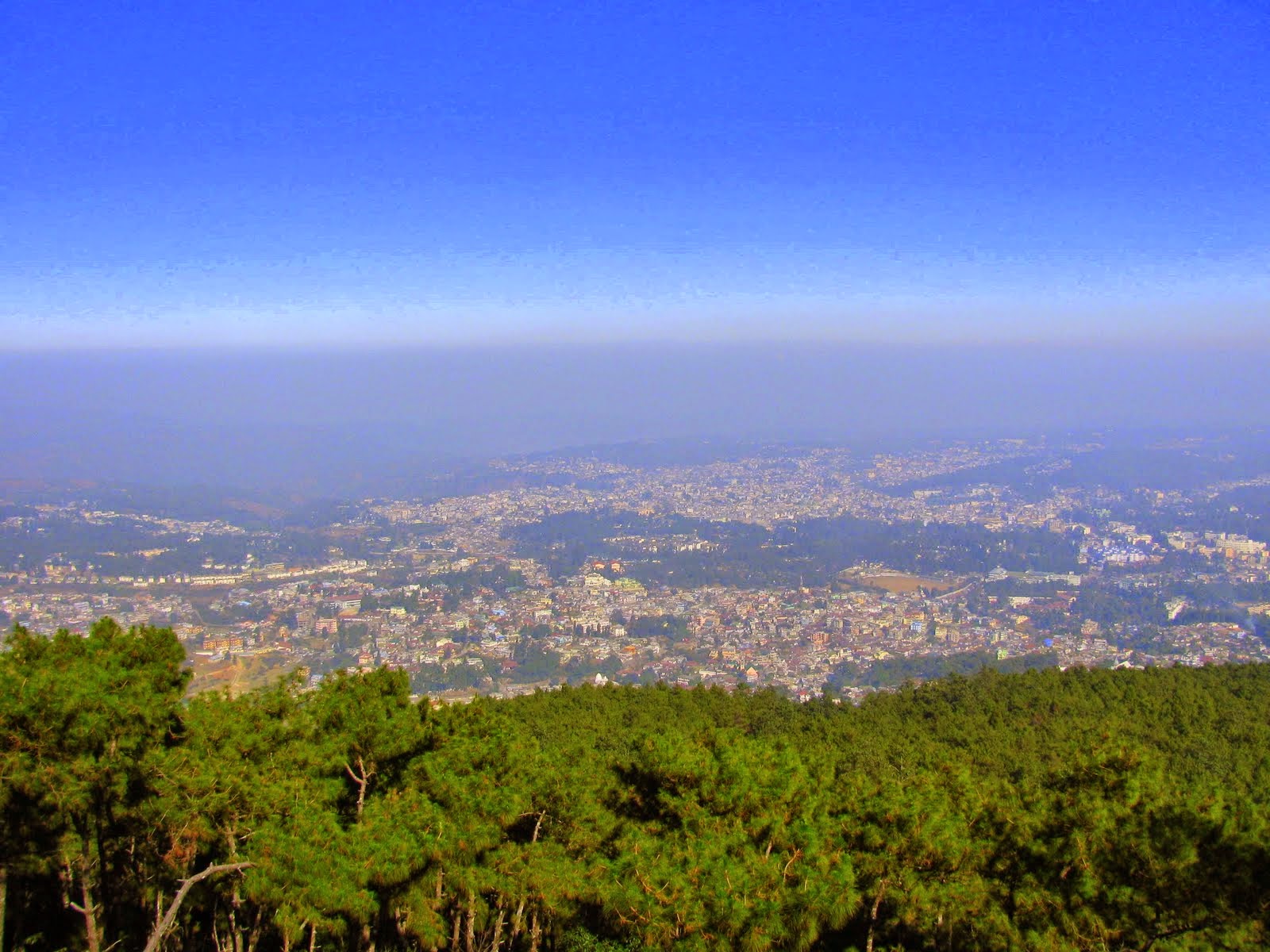Shillong
Shillong is the capital and hill station of Meghalaya. It is the headquarters of the East Khasi Hills district, situated at an average altitude of 4,908 feet above sea level. It is said that the rolling hills around the town remind the European settlers of Scotland, hence it is known as the "Scotland of the East".
River:
- Brahmaputra - Also known as Tsangpo-Brahmaputra, it’s a trans-boundary river – one of the biggest in Asia. The river island formed by the Brahmaputra is called Majuli. It is situated in Assam. India. The river has its origin from the Angsi Glacier which is located in the northern side of the Himalayas, in Burang County of Tibet as the Yarlung Tsangpo River. It flows across southern Tibet, breaking through the Himalayas in great gorges and into Arunachal Pradesh, where it is known as Dihang or Siang.It flows south-west through Assam Valley as Brahmaputra and south through Bangladesh as Jamuna (not to be mistaken as India’s Yamuna). In the vast Ganges Delta it merges with Padma, the main distributary of the Ganges, then the Meghna before emptying into the Bay of Bengal.
Lakes:
- Umiam Lake - It is a reservoir located in the hills 15 km to the North of Shillong. It was created by damming the Umiam river in the early 1960s. The principal catchment area of the lake and dam is spread over 220 square km.

- Wards Lake - It is locally known as Nan-Polok. Wards Lake is an artificial lake with garden and boating facilities.
Hill Range:
 |
| The view from the peak |
- Shillong Peak – It is a picnic spot about 10 km away from the city. The peak is 1965m above sea level and offers a panoramic view of the scenic countryside. It is the highest point in the state. Respect is paid to U Shulong at the sanctum sanctorum at the peak's summit every spring time by the religious priest of Mylliem State.
- Elephant Falls- It’s about 12 km outside the city. The mountain stream descends through two successive falls set in dells of fern covered rocks.



No comments:
Post a Comment